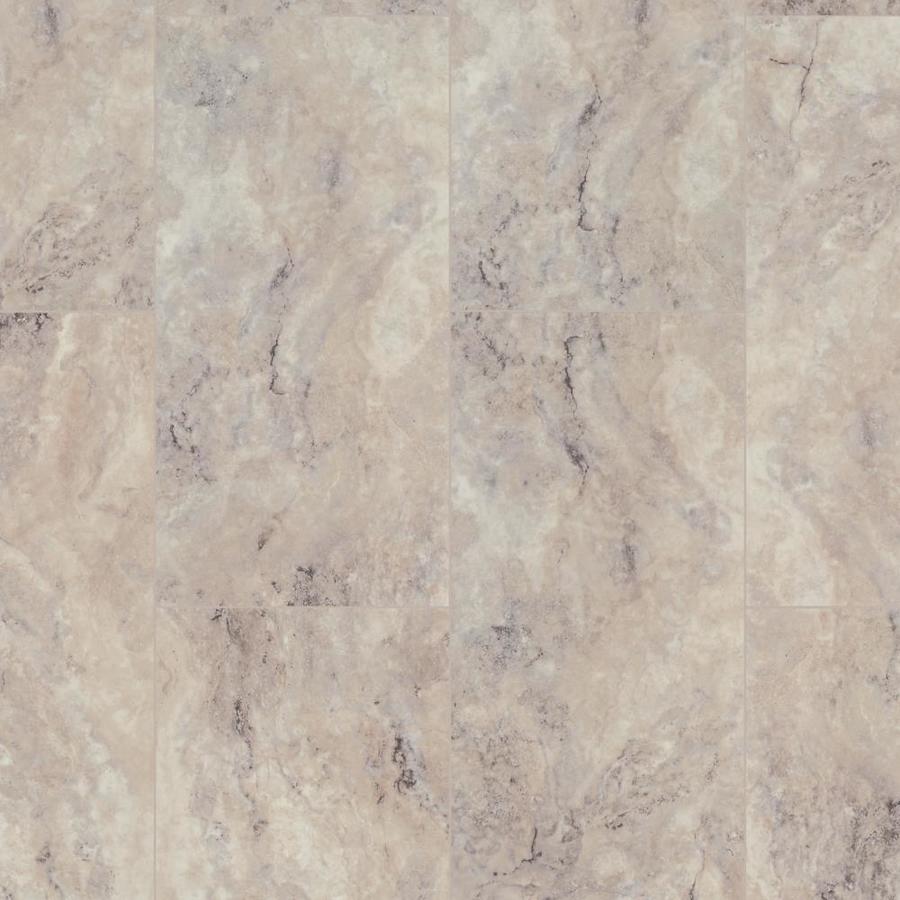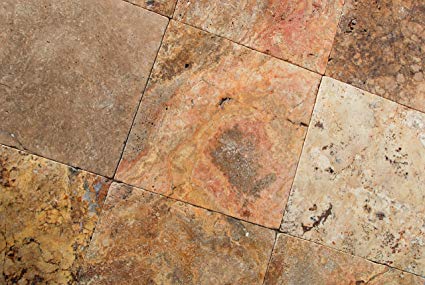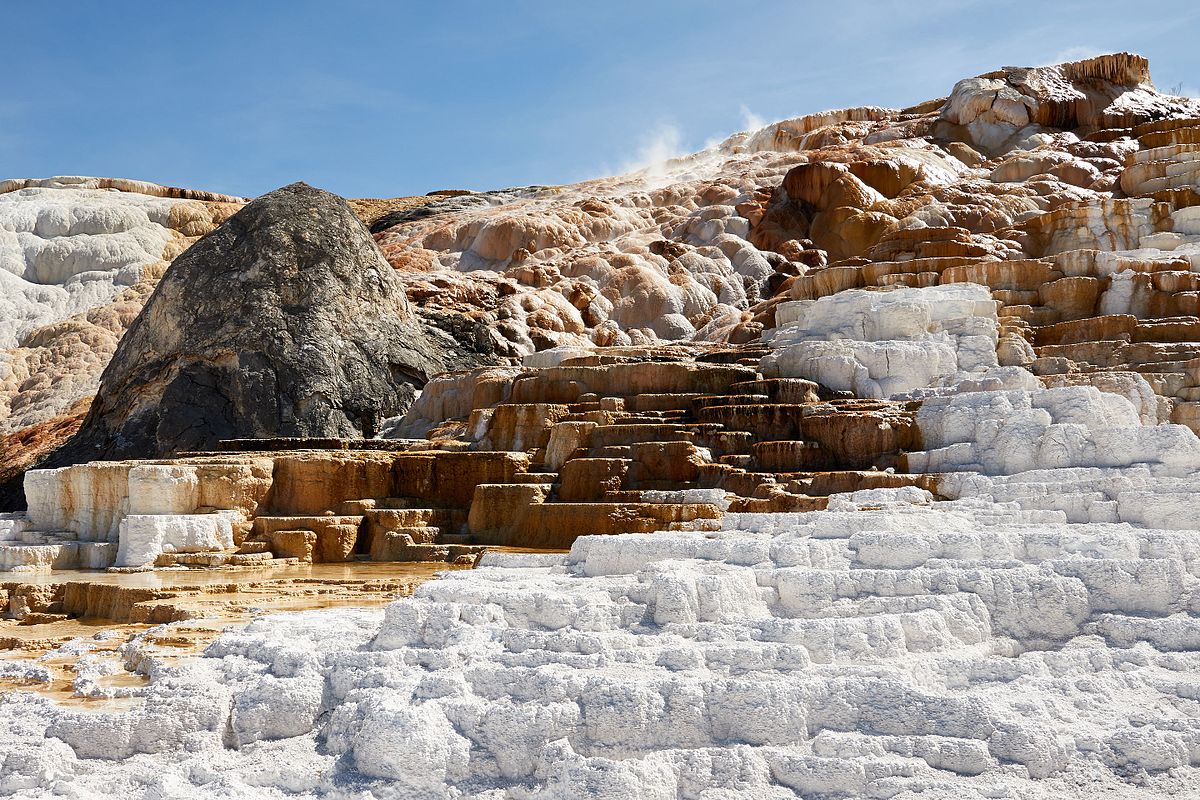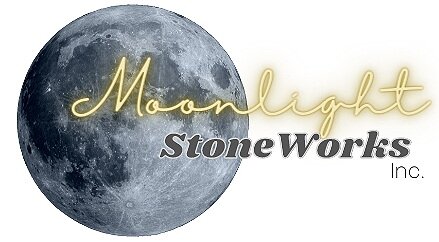Travertine





Travertine stone is a form of limestone. It often forms near hot bubbly mineral rich springs. Gas bubbles become trapped and create a pitted surface on the stone. These pitted surfaces can be filled with an epoxy or dust resin. Filling the small holes and pits gives the travertine a more finished look. This is a calcareous stone. It is will react negatively to acids found in common household items such as lemons, vinegar, alcohol and some cleaning products. These acids will etch the stone by leaving marks, rings or dull spots. Travertine varies in hardness, density, and porosity. Some travertine stones are harder than others. Although the hardness varies, it will still scratch. It's not as soft as soapstone but it can't compete with the hardness of granite. You can always test a sample stone by running a sharp blade across the top or even tossing your keys on it a few times.




